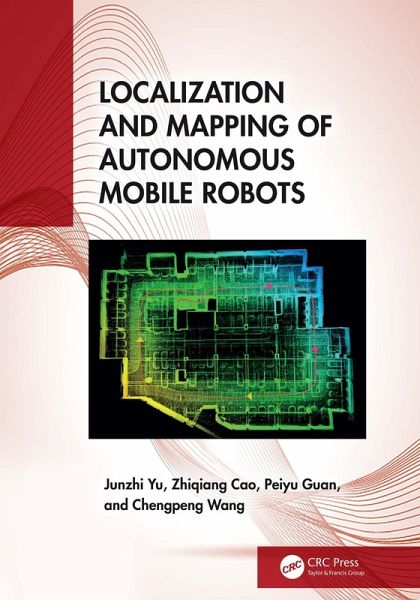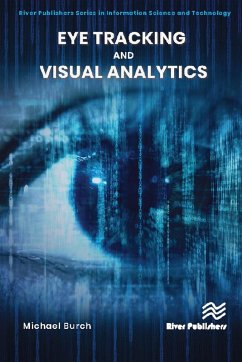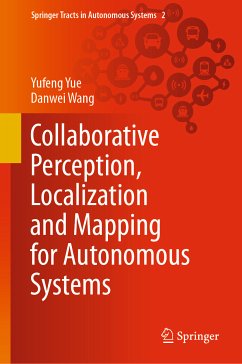
Localization and Mapping of Autonomous Mobile Robots (eBook, PDF)
Versandkostenfrei!
Sofort per Download lieferbar
49,95 €
inkl. MwSt.
Weitere Ausgaben:

PAYBACK Punkte
25 °P sammeln!
Localization and mapping play a critical role in the autonomous task execution of mobile robots. This book covers the theoretical and technological aspects of robot localization and mapping, including visual localization and mapping, visual relocalization, LiDAR localization and mapping, and place recognition.It provides the theoretical foundations of robot localization and mapping. It employs both traditional methods, such as geometry-based visual localization, and state-of-the-art deep learning techniques that improve robot perception. The authors also address LiDAR-based localization, explo...
Localization and mapping play a critical role in the autonomous task execution of mobile robots. This book covers the theoretical and technological aspects of robot localization and mapping, including visual localization and mapping, visual relocalization, LiDAR localization and mapping, and place recognition.
It provides the theoretical foundations of robot localization and mapping. It employs both traditional methods, such as geometry-based visual localization, and state-of-the-art deep learning techniques that improve robot perception. The authors also address LiDAR-based localization, exploring techniques to improve both efficiency and accuracy when processing dense point clouds. Key topics include visual localization using deep features, integration of visual solutions under ROS-based software architecture, and distribution-based LiDAR localization.
This book will be of great interest to students and professionals in the fields of robotics and artificial intelligence. It will also be an excellent reference for engineers and technicians involved in the development of robot localization.
It provides the theoretical foundations of robot localization and mapping. It employs both traditional methods, such as geometry-based visual localization, and state-of-the-art deep learning techniques that improve robot perception. The authors also address LiDAR-based localization, exploring techniques to improve both efficiency and accuracy when processing dense point clouds. Key topics include visual localization using deep features, integration of visual solutions under ROS-based software architecture, and distribution-based LiDAR localization.
This book will be of great interest to students and professionals in the fields of robotics and artificial intelligence. It will also be an excellent reference for engineers and technicians involved in the development of robot localization.
Dieser Download kann aus rechtlichen Gründen nur mit Rechnungsadresse in A, B, BG, CY, CZ, D, DK, EW, E, FIN, F, GR, HR, H, IRL, I, LT, L, LR, M, NL, PL, P, R, S, SLO, SK ausgeliefert werden.













